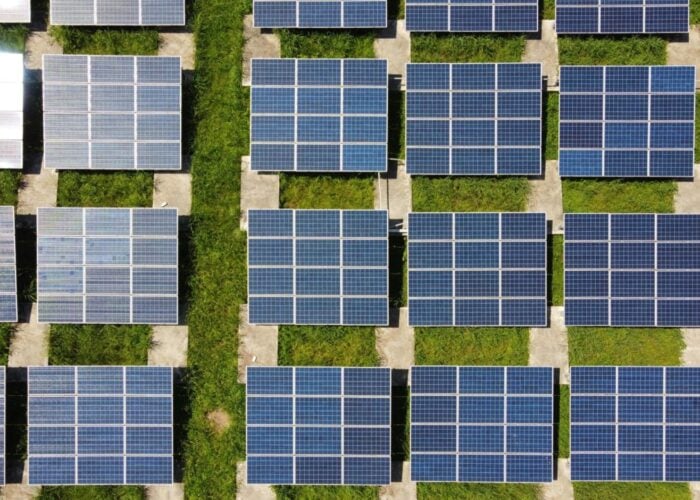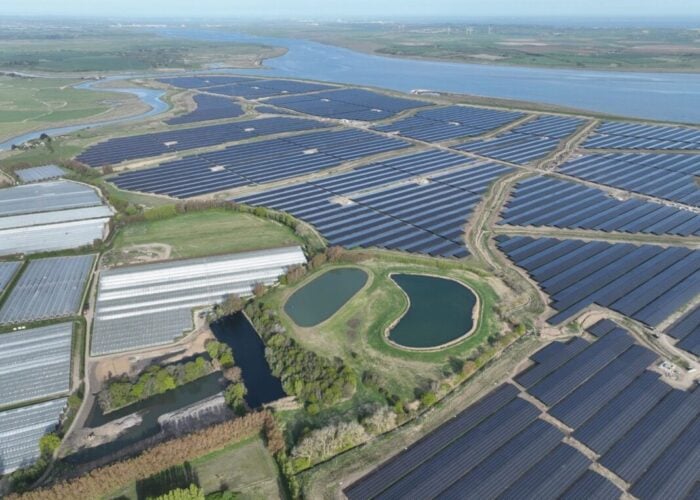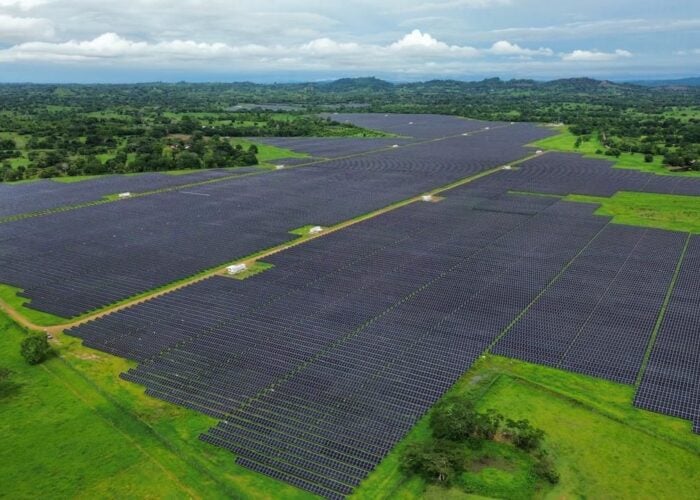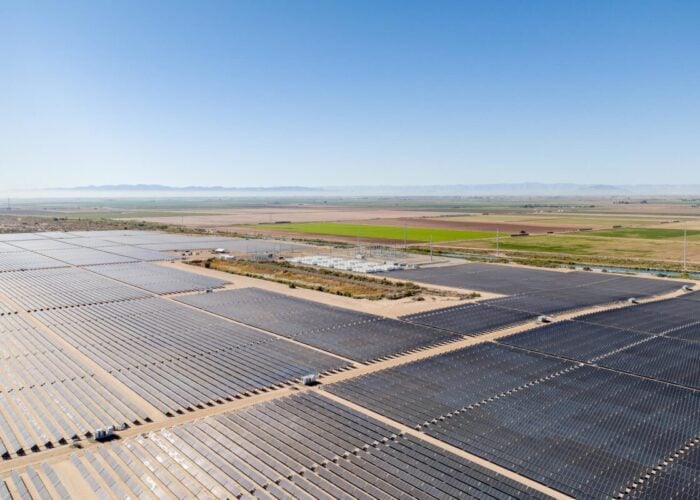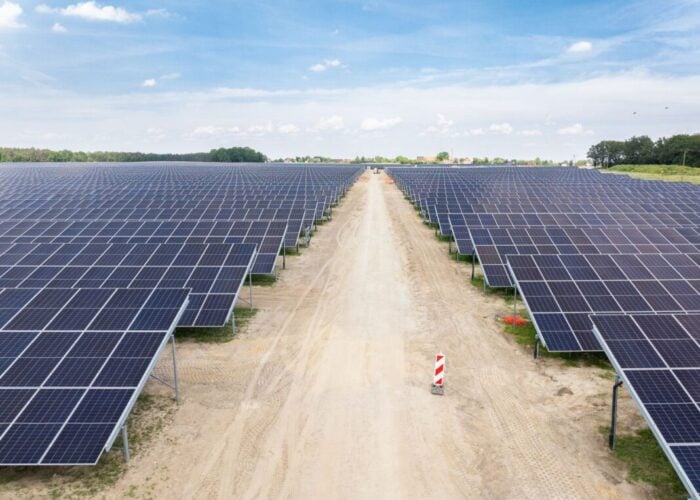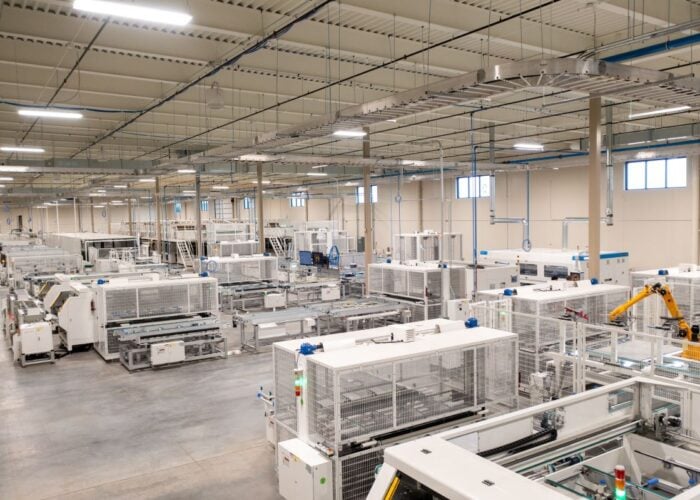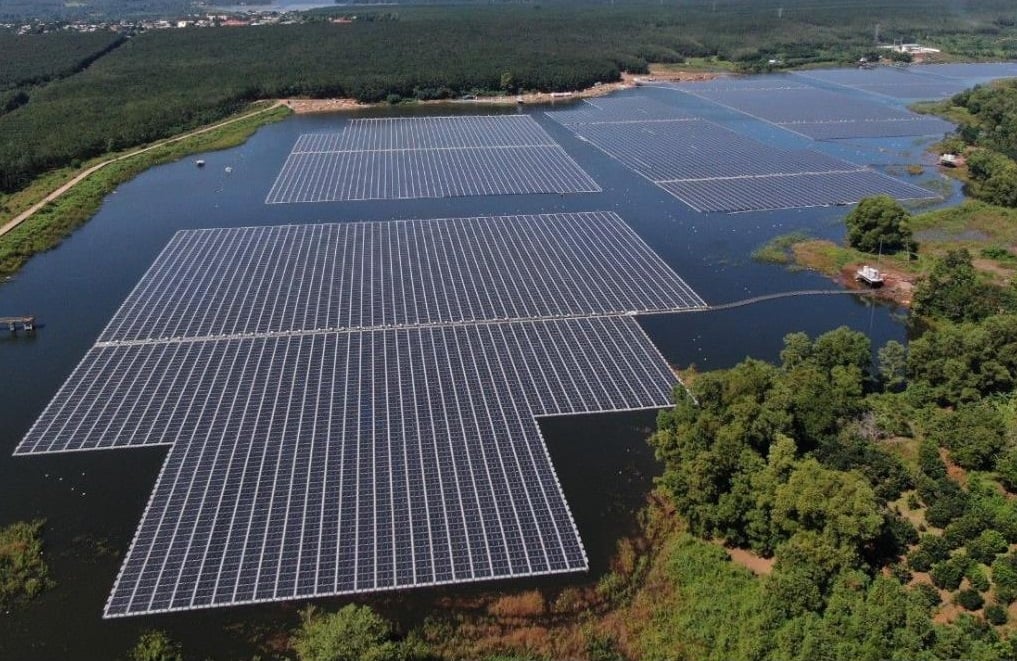
As 2021 draws to a close, PV Tech is reviewing the year in solar, reflecting on some of the biggest stories and hottest trends of the last 12 months. Today we start in orderly fashion, analysing the headlines from the first three months of the year, as the industry got off to a roaring start.
Strictly speaking, one of the leading solar stories of early 2021 was not about this particular at all, but in fact what had occurred a month prior. To be specific, Vietnam experienced something of an unprecedented solar rush in the final month of 2020, installing nearly 7GW of rooftop solar in December 2020 as the country’s feed-in tariff mechanism drew to a close. It was enough to take total solar installations in Vietnam throughout 2020 to more than 9GW, establishing the Southeast Asian nation as one of the market’s hotspots.
Unlock unlimited access for 12 whole months of distinctive global analysis
Photovoltaics International is now included.
- Regular insight and analysis of the industry’s biggest developments
- In-depth interviews with the industry’s leading figures
- Unlimited digital access to the PV Tech Power journal catalogue
- Unlimited digital access to the Photovoltaics International journal catalogue
- Access to more than 1,000 technical papers
- Discounts on Solar Media’s portfolio of events, in-person and virtual
That rush in deployment was not without consequence, however. Shortly after the install figures had been disclosed, concerns began to be raised regarding the stability of Vietnam’s grid, with significant quantities of new, peak solar generation posing issues for the country’s grid operator EVN. Curtailment was expected to become more prevalent, while major cuts to tariffs were also proposed in a bid to prevent similar quantities of new PV from coming onstream. It would prompt much discussion throughout the year, with solar prospects in Vietnam still open for debate.
Vietnam wasn’t the only country looking to build on a growing head of solar steam. The US, which in January this year saw Joe Biden inaugurated as the successor to Donald Trump, looked to truly shift gear in its solar installations. Biden promptly placed Jennifer Granholm in charge of the Department of Energy, who in turn promptly called for hundreds of gigawatts of new renewables to be installed in the coming years as the US looked to restore its climate credentials on the world stage.
The commitments prompted a slew of manufacturers to double down on their US manufacturing bases over the course of the year, with Meyer Burger – looking to firmly establish itself as a module maker, rather than an equipment manufacturer – confirming its entry to the US market with plans for a heterojunction facility. More would follow later throughout the year, while developers were also gearing up for an installation bonanza, securing gigawatts of module supply as early as possible.
There were dark clouds gathering for the industry elsewhere in the US, however. In mid-February a winter storm hit Texas, causing hundreds of deaths and hundreds of billions of dollars of damage. Its impact was exacerbated by the number of customers who would lose power – nearly 10 million – as energy generators in the state saw their output collapse and demand soar. While investigations and recriminations regarding power outages caused by the storm would roll on throughout 2021, it quickly became evident residential solar and storage helped thousands of households through the worst of the storm.
Outside of the US, it was quickly becoming evident that solar ecosystems were growing beyond anything that had happened before, and doing so much faster than was perhaps anticipated. New manufacturing capacity expansion plans were being made in the tens of gigawatts, rather than single-figures, driven by demand. Projections from BloombergNEF estimated that as much as 209GW of solar PV would be installed globally this year, and perhaps the greatest indication of the sheer scale the industry was reaching is that even those forecasts – at least back in February – would be considered possibly conservative. Panel, material and inverter manufacturers alike were gearing up for a major surge in demand, while the upstream solar industry also concerned itself with another step change – a technological shift from the dominant mono PERC era to n-type technologies, with TOPCon and heterojunction cells and modules vying to be the next leading PV technology.
Of course, there’s a reason this industry is affectionately dubbed the Solarcoaster. It has continually twisted and turned since its inception and 2021 has proven to be no different.
Just as installations prepared to shift gear – and at just the right time, as this year’s COP26 summit would conclude – would obstacles and headwinds not seen since perhaps the mid-2000s rear their heads once again. Supply chain volatility would not start really biting until later in the year, but by the time China returned from its annual New Year break in February, there was already noise of module prices soaring on the back of price hikes further up the value chain.
It would prove to be the eminent story of solar’s 2021.

